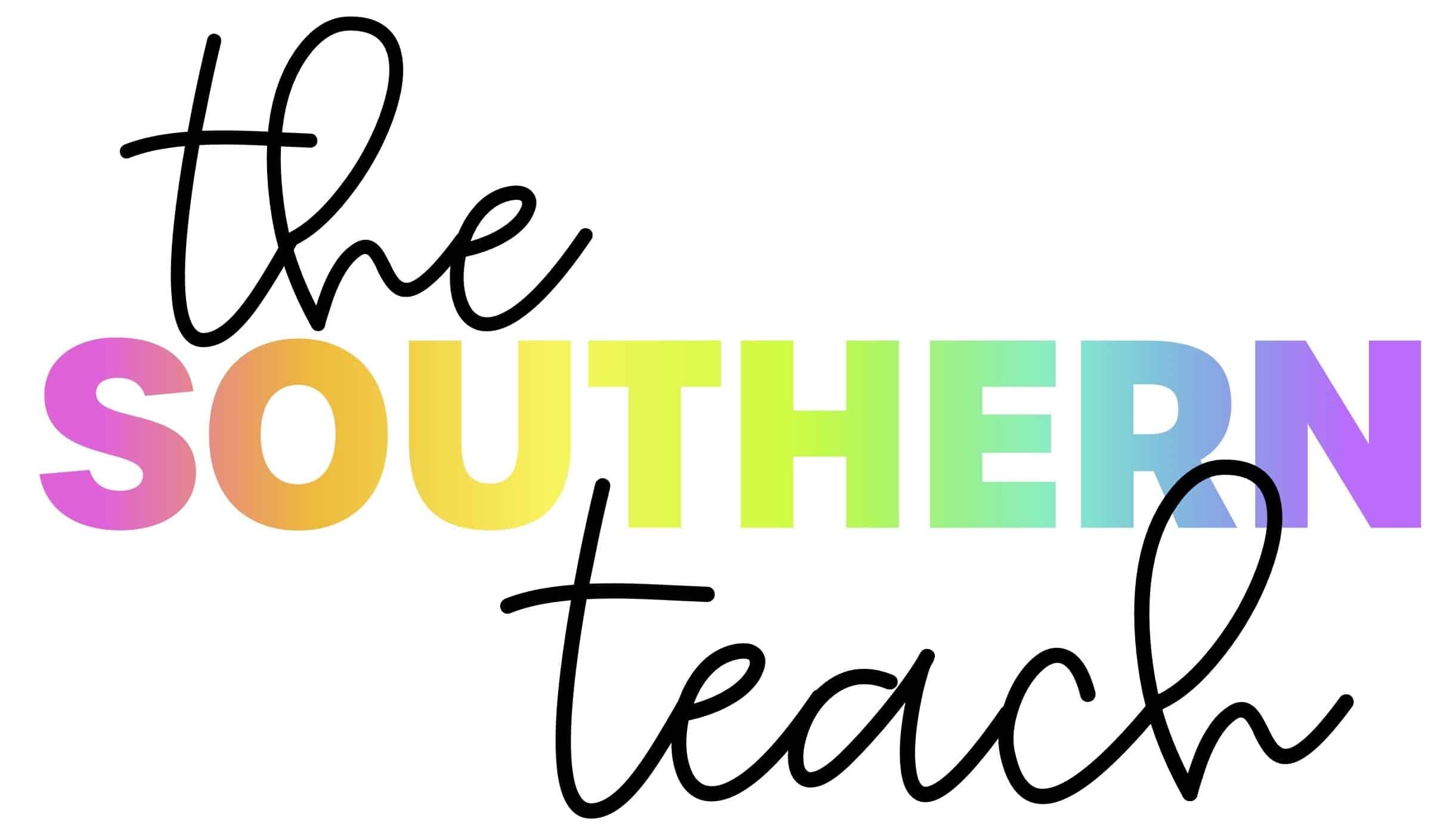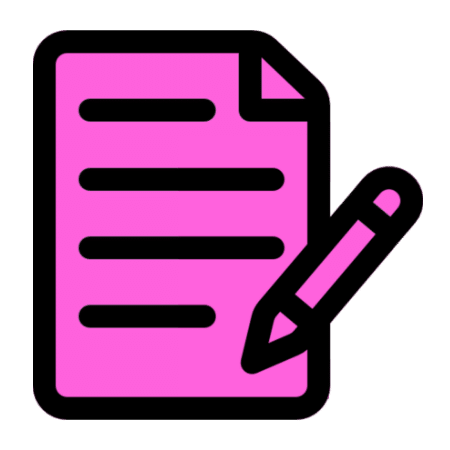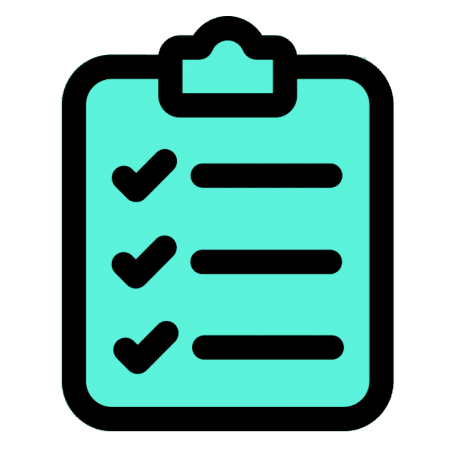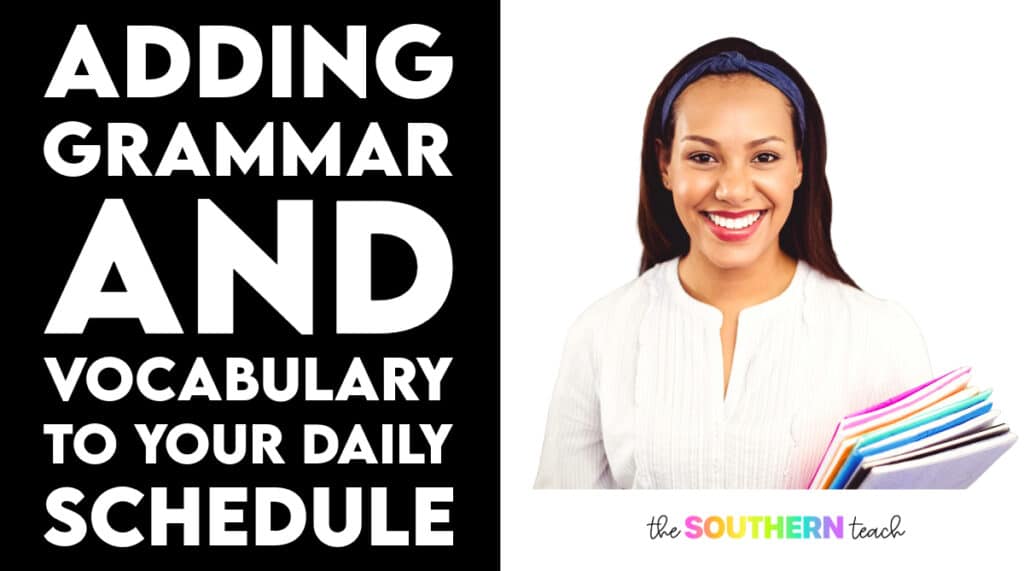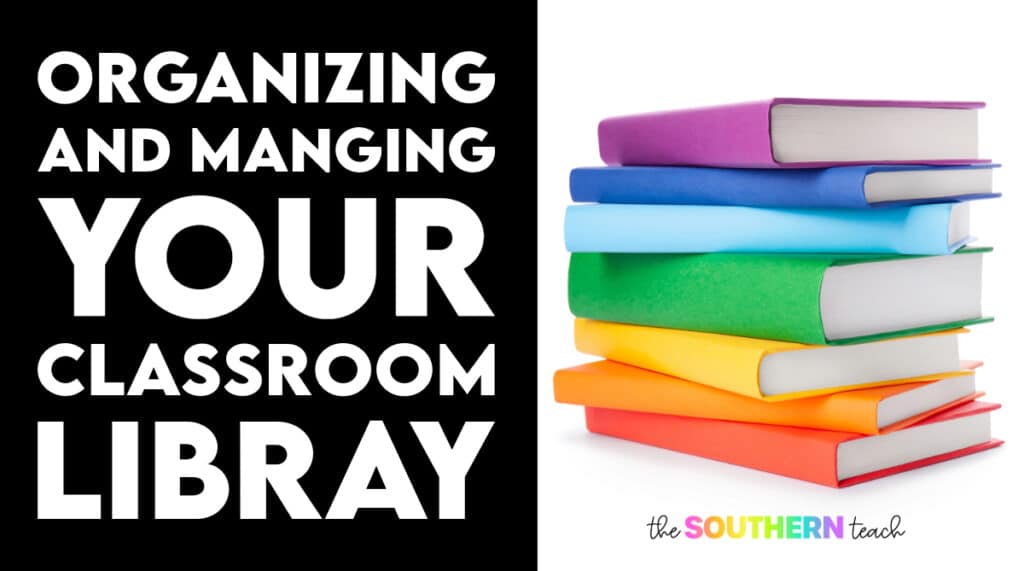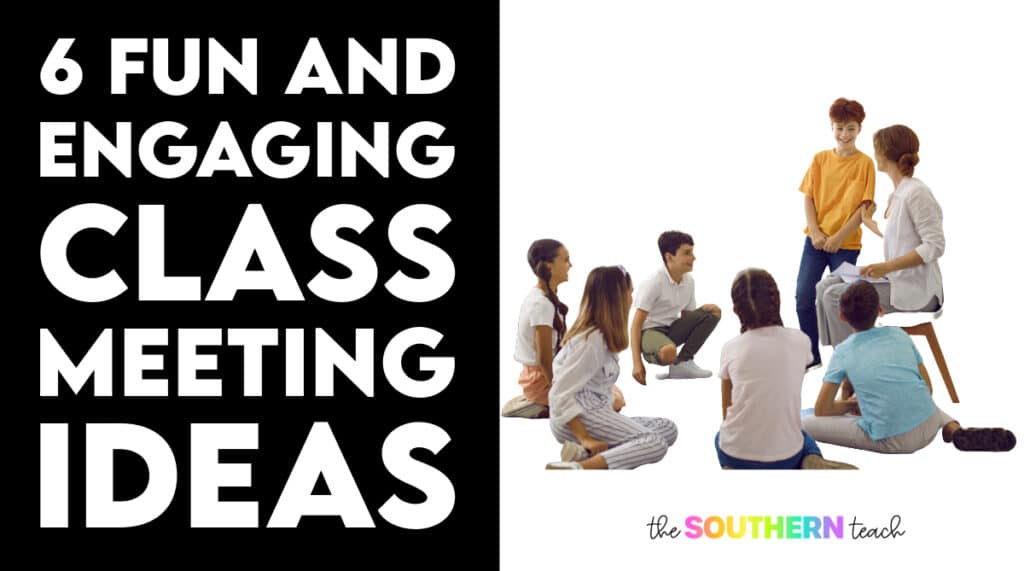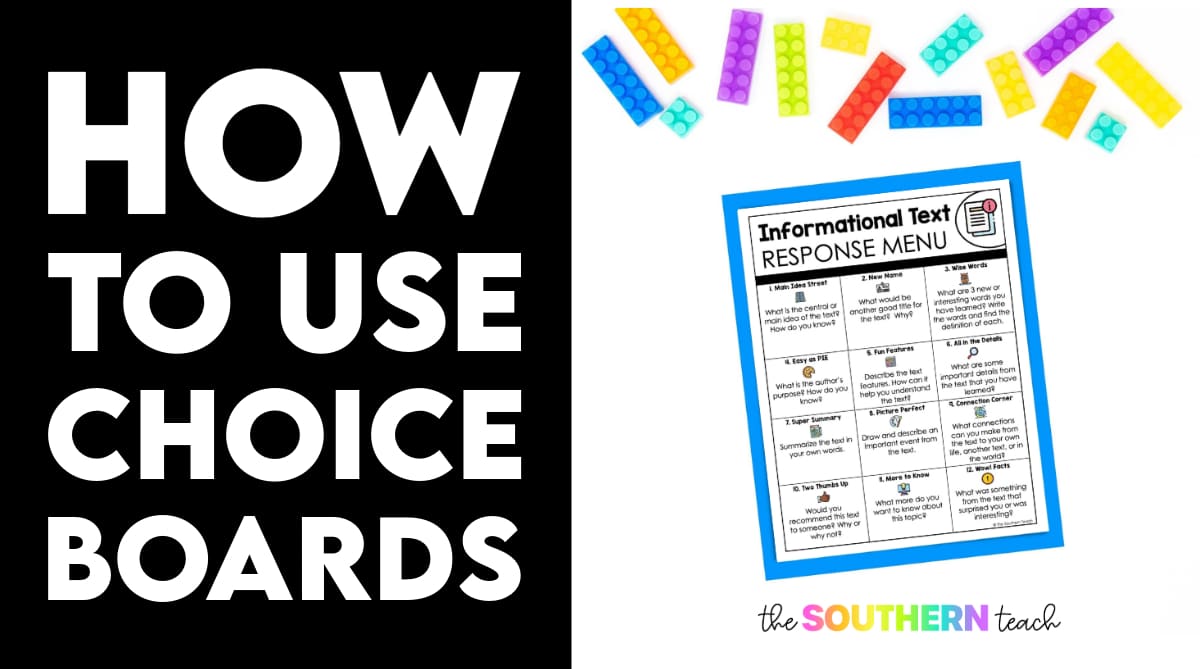
How to Use Choice Boards
By Kirsten Hammond
Share This Post:
Choice boards are a powerful teaching tool that can help upper elementary students stay engaged, motivated and maximize their learning potential.
By giving students choices in how they complete their assignments, teachers can make sure that each student’s individual needs are met.
This blog post will give you information on what choice boards are and the best ways to use them in the classroom!
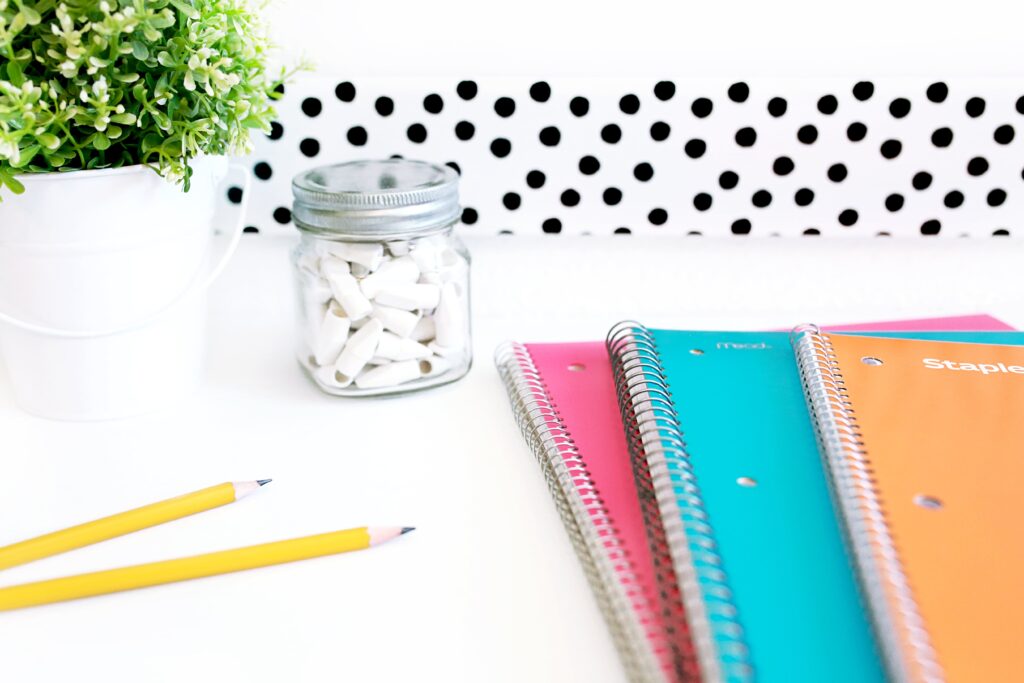
What are choice boards and why are they beneficial for upper elementary students?
A choice board is an educational tool that gives students a variety of options for completing tasks or assignments.
The goal is to provide students with opportunities to show their understanding of the concept in different ways that fit their individual learning styles and interests.
What types of activities can be included on a choice board to help engage and motivate students?
The sky is the limit with choice boards!
You can offer multiple activities from which the student can choose, including written assignments, creative projects, videos/presentations, research/investigations, or hands-on activities.
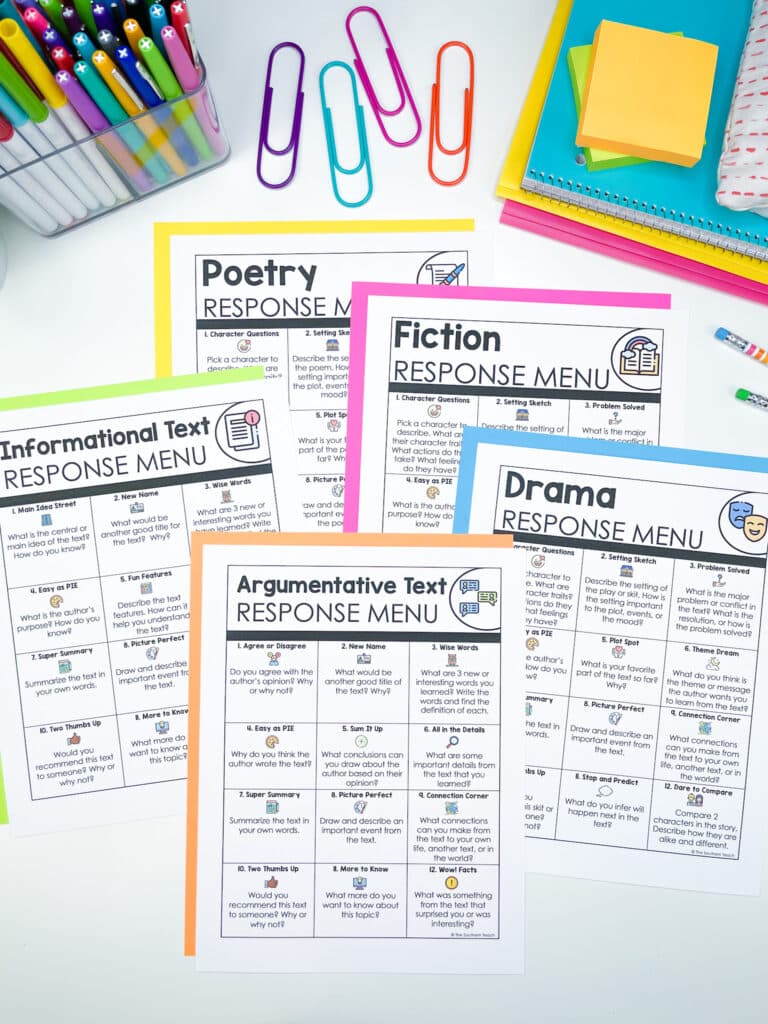
What are some best practices when using choice boards?
When using choice boards in your classroom, there are several key practices to keep in mind. First, it’s important to ensure that all activities on the board adhere to grade level expectations and standards while still giving students some autonomy over what they’re working on.
Additionally, you’ll want to make sure that you provide enough guidance and support so that students know how to approach each activity on the board correctly.
Finally, it’s critical that you provide enough time for students to complete each activity; otherwise they may become overwhelmed or rushed when trying to finish all the tasks before the due date.
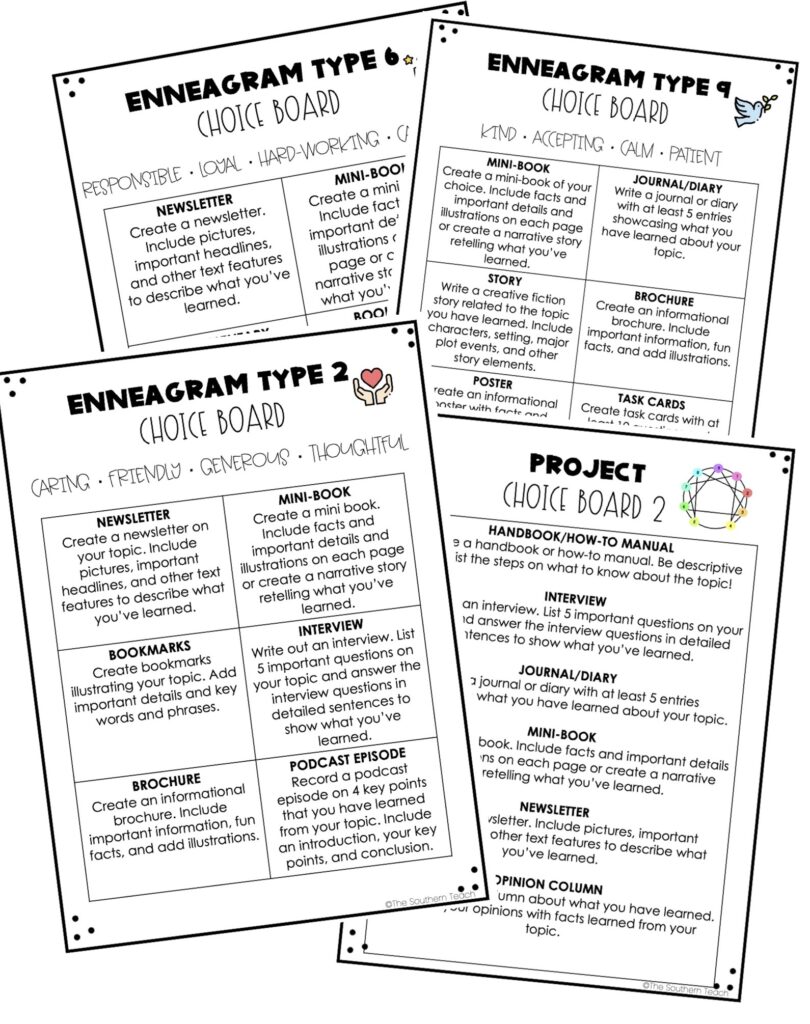
How can you use choice boards to differentiate instruction for your students?
When picking activities for your choice boards, be sure to include a range of options from which students can choose from so as not to limit their possibilities.
For example, if you have a writing assignment on your choice board, consider including both short answer questions as well as essay prompts so that each student has something appropriate for them regardless of their strengths and preferences.
Also remember to include various levels of difficulty; this will allow you to challenge advanced learners while still accommodating those who need more support with specific concepts or skills.
Choice boards are an effective way for upper elementary teachers to engage and motivate their students while promoting autonomous learning and personalized instruction tailored specifically for each child’s needs and interests.
By following best practices such as providing enough guidance and support while also offering a variety of activities with varying levels of difficulty, teachers can ensure maximum success when utilizing this powerful teaching tool in their classrooms.
Now get out there and start creating your own! Or you can check out these done-for-you choice boards for learning styles and choice boards for personality types! Your students will thank you!
Click the pictures to learn more about each resource!
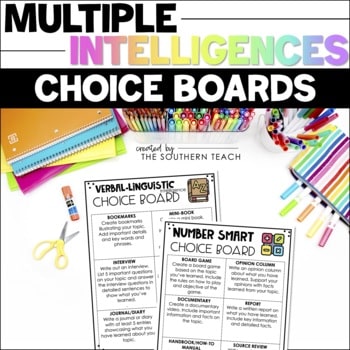
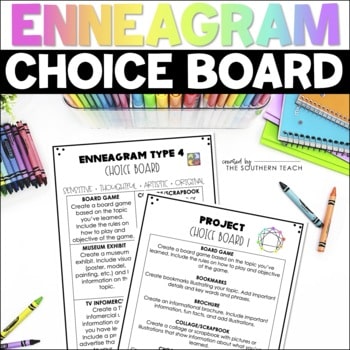
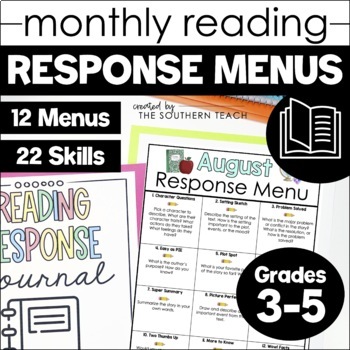
kirsten hammond
Kirsten is a former 3rd and 5th grade teacher who loves helping upper elementary teachers by creating resources and sharing ideas that are engaging, research-based, and TEKS-aligned. She is a work-from-home mama of 3 rambunctious little ones and loves running, true crime, and lots of coffee.
